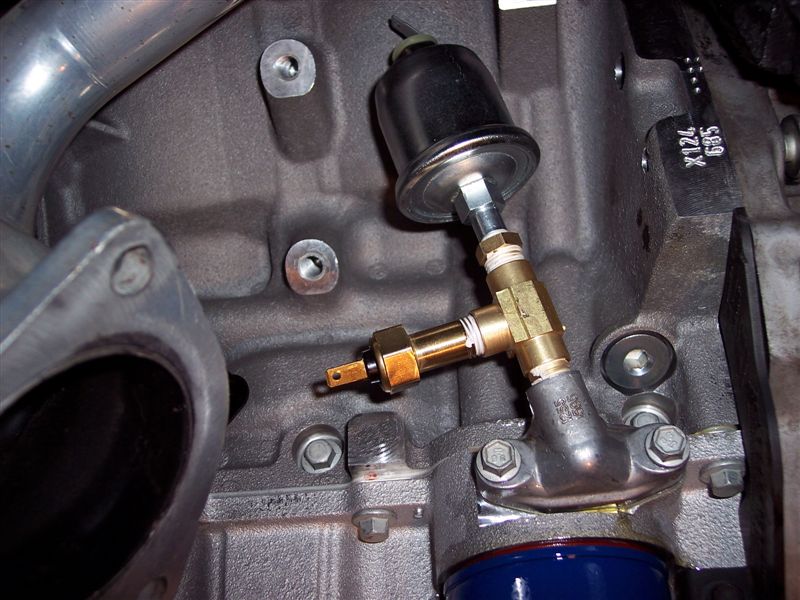Hello,
I am really stuck with something that seems simple, but a simple solution, or any is eluding me at present.
I am building an engine monitoring system for a boat diesel engine. I am using an Arduino, and have most of the programming and signal conditioning cracked, I hope.
In order to prevent the system alarming when the engine is not running, I need to detect when it is running, and will also keep track of engine run time by this means. To do it, I need to turn on a transistor, to pull a digital input down to near 0v.
I had hoped that I could clamp the signal from the alternator, and use the positive voltage to drive the transistor base, via an RC combination to hold it on while the signal is present.
I have not measured the signal from the alternator, (the boat is in France) but believe this to be derived from the unrectified stator winding, believed to be sinusoidal, and about 8 volts rms. It will be shared with a new tachometer via a 0.1 uf capacitor. Again an assumption is that when running the engine operates at between 800 rpm and 2500 rpm, via pully that probably doubles this and there are 6 poles in the alternator. So( 800 x 2 x 6) / 60 = 160Hz at idle.
I have 5 volts derived from the Arduino to play with, and need to pull this down to system ground via a 10K internal pullup.
I figure that with a sinusoidal input I cannot easily trigger a monostable circuit. My clamping mechanism doesn't generate sufficient current to drive a transistor on. I am currently limited to testing with a square wave, which of course produces pulses on the rising and falling edge, and the dc voltage generated only amounts to about 1.5 volts.
This must be done in every tachometer like mine, which does record run time when the engine is running, but I have been unable to find out how they do it.
Can anyone help or shed some light on this?
Thanks in anticipation...
John
I am really stuck with something that seems simple, but a simple solution, or any is eluding me at present.
I am building an engine monitoring system for a boat diesel engine. I am using an Arduino, and have most of the programming and signal conditioning cracked, I hope.
In order to prevent the system alarming when the engine is not running, I need to detect when it is running, and will also keep track of engine run time by this means. To do it, I need to turn on a transistor, to pull a digital input down to near 0v.
I had hoped that I could clamp the signal from the alternator, and use the positive voltage to drive the transistor base, via an RC combination to hold it on while the signal is present.
I have not measured the signal from the alternator, (the boat is in France) but believe this to be derived from the unrectified stator winding, believed to be sinusoidal, and about 8 volts rms. It will be shared with a new tachometer via a 0.1 uf capacitor. Again an assumption is that when running the engine operates at between 800 rpm and 2500 rpm, via pully that probably doubles this and there are 6 poles in the alternator. So( 800 x 2 x 6) / 60 = 160Hz at idle.
I have 5 volts derived from the Arduino to play with, and need to pull this down to system ground via a 10K internal pullup.
I figure that with a sinusoidal input I cannot easily trigger a monostable circuit. My clamping mechanism doesn't generate sufficient current to drive a transistor on. I am currently limited to testing with a square wave, which of course produces pulses on the rising and falling edge, and the dc voltage generated only amounts to about 1.5 volts.
This must be done in every tachometer like mine, which does record run time when the engine is running, but I have been unable to find out how they do it.
Can anyone help or shed some light on this?
Thanks in anticipation...
John

